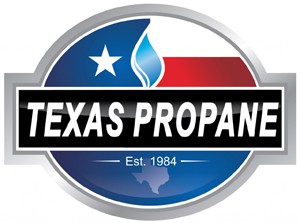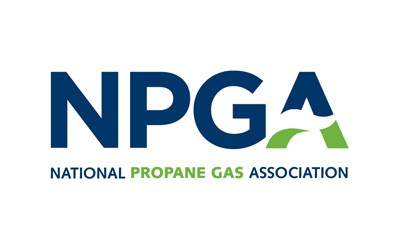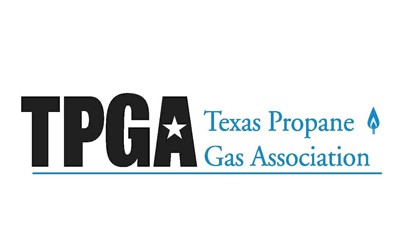Propane Volume and Temperature Correction
We store and deliver propane as a liquid. In comparison to temperature and volume of other liquids, it is not any different. The volume of any liquid will increase and decrease dependent upon temperature.
Propane Volume Basics
We will explain basic principles that affect the liquid propane volume. Therefore, you can better understand differing tank gauge readings in different extreme temperatures. Here’s an example assuming a 250 gallon propane tank has 100 gallons of propane at 60°F. The industry standard 60°F is universally recognized as the base reference point for liquid propane volume correction. In addition, the following are also true:
- A properly functioning float gauge will read 40%
- 100 gallons of propane weighs 424 pounds (4.24 lbs per gallon)
If there’s a huge temperature drop (over 20°F) the gauge will indicate that there is less propane in the tank. The gauge dial sits between 35% and 40% following the temperature decrease, so the tank still has 424 pounds of propane. While the propane volume has dropped, the amount of propane has not decreases. It has simply become more compact, which means the amount of usable energy has not decreased. If the temperature were to increase by the same respective amount, the gauge would indicate a higher volume of propane. However, there would still be 424 pounds of propane in the tank. As temperature decreases, liquids become more dense. Therefore, as temperature increases, liquids become less dense and expand. Propane is a liquid and is subject to the same rules of mother nature.
Cold Temperature Propane Deliveries
During cold weather following a gas delivery, your propane tank gauge may read less than what you might expect. Therefore, a 100 gallon delivery on a cold day (below 60°F) may indicate less than 100 gallons according to the gauge. However, if the temperature were to rise to 60°F, a properly functioning float gauge would rise to 40%. This would be assuming the tank was empty at the time of delivery.
Cold weather can often bring confusion and frustration for our propane customers concerning perceived propane volume and the actual amount of propane delivered. However, when we make a propane delivery during cold temperatures, the tank gauge will indicate less propane delivered based on the beginning and ending gauge readings but the actual amount of propane delivered.
Propane Truck Volume Correction – Temperature Comepensation
Our propane delivery trucks all have meters that measure the amount of propane pumped into consumer tanks. These meters have a volume correction device known as an automatic temperature compensator. The temperature compensator considers the temperature of the liquid propane running through the meter. Then, it automatically adjusts to correctly deliver the amount of propane that the consumer ordered.
Therefore, we re-calibrate and adjust our devices based on the temperature of the liquid at the time of calibration. When we make a propane delivery to your home or business, know that the amount you paid for is the amount you are actually receiving.
For more information on propane volume and temperature correction, or to schedule your propane delivery with us, contact us with the link below!







